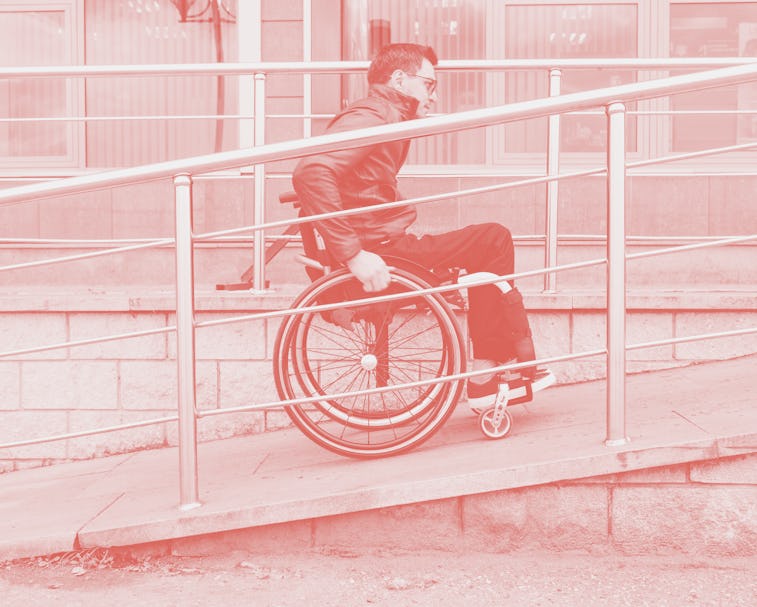Culture
Google debuts accessibility icons for Maps to help wheelchair users plan ahead
Sasha Blair-Goldensohn, a Google Maps software engineer, made the announcement on Thursday.

For Global Accessibility Awareness Day, Google has announced a new feature for Maps allowing those who use mobility aids to be aware — in advance — of whether or not a location is wheelchair-accessible. Given that 130 million people use wheelchairs around the world, with 30 million of them in the United States alone, Google's move to introduce an inclusive feature like this is key to helping everyone — whether they walk or roll — access public locations.
Know before you go — Through Google Maps, you can enable the "Accessible Places" feature, which will prominently show if a location is wheelchair accessible. The feature is particularly useful as it indicates which part of the location is wheelchair accessible, including entrances, parking lots, elevators, restrooms, and general sitting areas.
Google software engineer Blair-Goldensohn, who began using a wheelchair in 2009, wrote that the idea is to have the ability to "know before you go." To make it possible, Google relied on the generous help of 120 million local guides as well as store owners around the world who responded to the company's open call for wheelchair accessibility information. To date, Google says that it has enacted at least 500 million accessibility updates to its maps.
How to activate it — Head over to the latest Google Maps version, open the Settings, enable Accessibility and Accessible Places. You can see this change on both iOS and Android devices. Additionally, if you have updated information about accessibility for a particular location you know about, Google encourages you to share accurate information so it can update its database.
Time appropriate debut — This accessibility feature not only helps those who rely on wheelchairs for movement but also parents who have to carry strollers or senior adults who may need to take breaks during their public outings. To that end, Google Maps' wheelchair accessibility debut is a helpful addition at its core but its timing is even more appropriate given the ongoing coronavirus pandemic. With the help of this feature, you can know in advance whether a location has accessibility built-in for your needs. Trips to the pharmacy, grocery store, and other businesses ought to become less frustrating (hopefully).
"This launch is a milestone in our journey to build a better, more helpful map for everyone, which includes recent efforts to help people find accessible places, transit routes and walking directions," Blair-Goldensohn wrote. "Our work wouldn’t be possible without the decades of advocacy from those who have fought for equal access for people with disabilities."